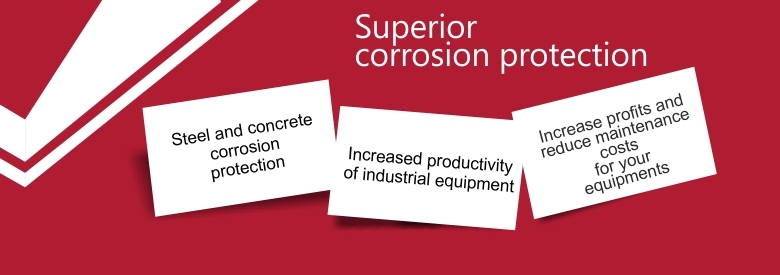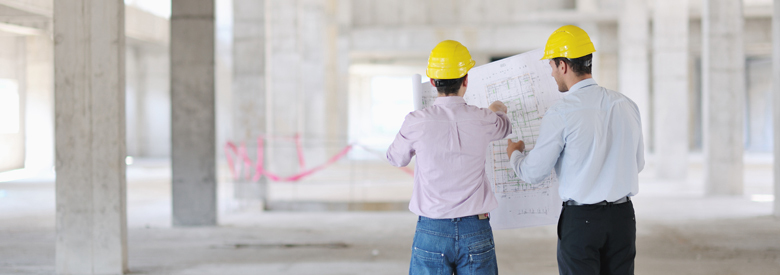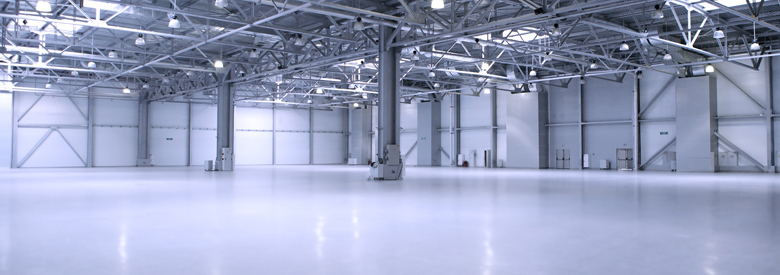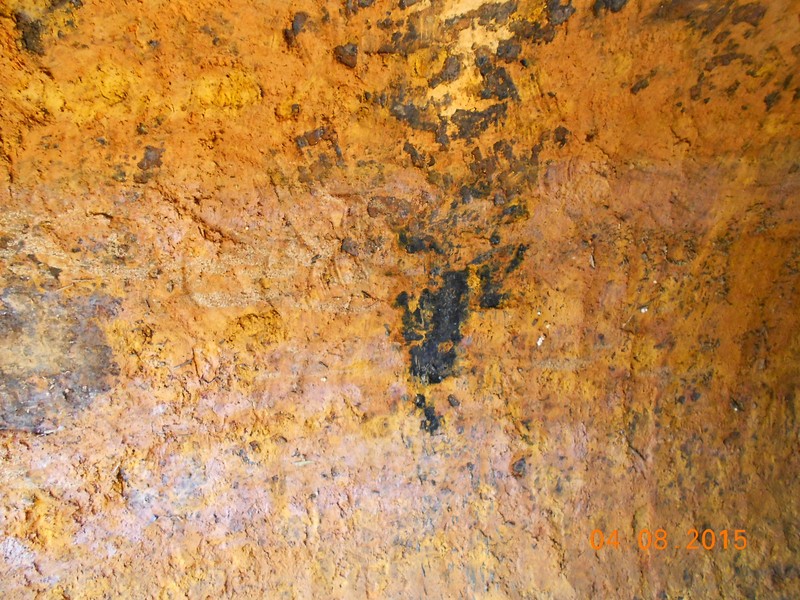Damage up to a trillion dollars. How to prevent corrosion effects?
(area affected by corrosion)
Short description
Corrosion is one of the most common causes of defects in industrial area, and one of the most expensive. In a few words, corrosion is a phenomenon of gradual deterioration of materials, as interacting with aggressive factors present in the environment. However, corrosion may increase the risk of identity during the manufacturing processes and materials. Fortunately, you can implement control measures to avoid corrosion and maintenance costs.
Regarding the costs
In 1998, the US invested 278 billion dollars to fix problems caused by corrosion. A large sum? These were direct costs. Other losses were recorded by blocking production, environmental impact, transport and accidents at work. The analysis was resumed in 2013. The total direct and indirect costs reached a trillion dollars, about 6% of GDP. According to the World Association for corrosion, corrosion costs of reaching 3-4% in all industrialized countries.
Cost sharing / principal investments (for 1998):
-
17.6 billion dollars – Production and manufacturing
-
20.1 billion dollars - Government
-
22.6 billion dollars - Infrastructure
-
29.7 billion dollars - Transport
- 47.9 billion dollars – Utilities
Strategies that prevent corrosion
In this section are involved three aspects: designing materials used in industry, corrosion control, forecasts regarding the lifespan of materials. We treat each of these topics in turn. Regarding the design of materials, the need for stabilization methods microstructure and composition increased. In other words, identifying the best methods for preventing intergranular corrosion and cracks caused by corrosion. Protection systems adapted to the environmental conditions (concentration of acids, moisture content etc) lead to significant decreases in the risk of corrosion.
Corrosion Prevention is possible through the application of special protection systems. Also, companies must carefully monitor indicators such as temperature, humidity, pH and ionic content. The solution is represented by understanding the evolutionary rate of corrosion and corrosion protection systems that have reduced impact on the environment.
Lifetime: For each material used, will be implemented a strategy to control corrosion. Templates can be made following the risk rating for each surface depending on factors which may influence the quality and age of the material. After these steps, identify the best technical solution to increase the lifetime of surfaces and equipment efficiency. A preventive behaviour may significantly reduce maintenance costs, and this will be reflected in achieving organizational objectives.
If some information is unclear or you want more information, contact us and together we will identify the best method to apply corosion protection systems.














